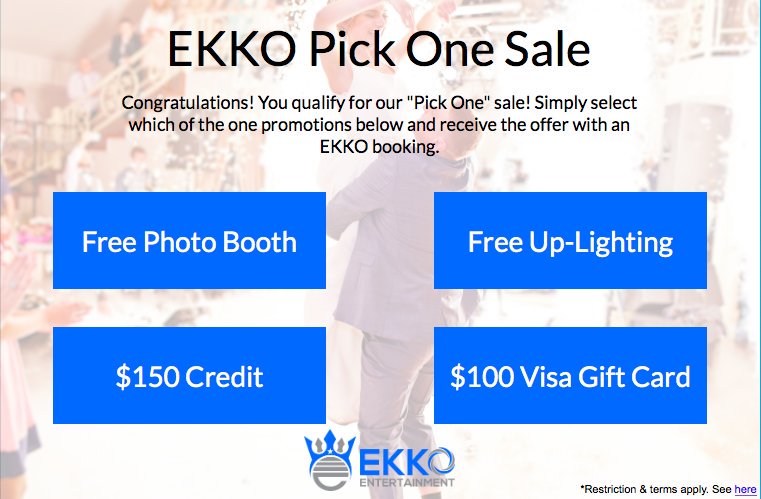Are Traditional Closing Sales Techniques Obsolete in Social Media Selling?

In the Forbes article, “Five Techniques Top Leaders Use to Close Sales In The Digital Age” by Aditi Ramchandani, the author makes a couple of points which I wholeheartedly agree with, and I think you will too:
“A key missing piece in modern sales is the human factor… to stand out in the digital age and bring in more revenue, it’s important to revert back to traditional sales techniques, because they work.”
Most of the closing sales techniques developed and taught by selling experts over the past century are all very valid. Salespeople just have to adapt them to modern use cases and new technology.
The reason “old” sales techniques work regardless of the platform is human brains respond to the same basic things they have always responded to. When you tap into human emotions you can get people to buy, whether they are modern Americans or you travel back in a time machine to 16th century Spain.
For example, the trial run or “puppy dog” close where you let a prospect test the product to get a taste is highly effective no matter what product or service you are selling, and will work forever – because once people get emotionally involved with an offering they tend to want it.
That being said, it might not be obvious how to apply person-to-person, classic selling advice, including closing sales techniques, to social media selling. Whether you use LinkedIn, Facebook, Instagram, or any future social media platform to come along, techniques can be adapted to work if you are clever.
Here are a few examples of classic closing sales techniques as applied to social media.
Classic: Meet 20 people belly to belly each day
Adapted: Interact with 20 people online each day
In “How to Master the Art of Selling,” author Tom Hopkins relates a story about one gentleman who gave him a brilliant piece of selling advice: meet 20 prospects belly to belly each day. Many excellent salespeople hit or exceed this number easily as they are constantly on the move and networking. If you fall into this category, kudos to you.
If you are focused more on social selling rather than face-to-face opportunities, you can adapt this to your prospecting by interacting with 20 or more people online. This goes beyond simple likes or retweets. You want to start or continue a conversation, just as in a face-to-face situation.
Breaking the ice is important! It would be rude to simply launch into a sales pitch in a physical interaction, and the same applies online. Find some common ground, such as a common associate, and work your way in from there.
Example:
- Hi John, I see we are mutual friends with Steve. I consulted him a couple of months ago and noticed a comment where you complimented him on the improvements to his branding — which was based on some of the work I did with him. Is branding something you would like to improve yourself?

Classic: Return on Investment Close
Adapted: Case Study
The Return on Investment close works by demonstrating the monetary benefits of an offering exceeding the investment required to receive those benefits.
A way to use this on social media is to prepare a brief case study showing the ROI enjoyed by an existing customer. You might share the success story through a brief tweet or LinkedIn post and invite followers to click through to read the full story. If your case study demonstrates a significant ROI (at least 15 percent for complex B2B solutions) and the reader identifies with your existing customer in some way (similar issues, similar industries, etc.) the chances of getting a lead are very good.
Example:
- Company XYZ saved 42 percent on their printing costs last year by using our outsourced solutions which not only saved money, but shaved production time on a critical project by weeks. Read how they did it here: [link]
Classic: Ask for referrals
Adapted: Ask for referrals (and shares)
Social proof results when people share your posts on social media. Buyers give more weight to the recommendations from friends and associates to a larger degree than they do brand posts or ads.
Make it part of your post language to ask readers to share with a colleague who might find it valuable. You could also make an offer for a free test drive of your product or service and ask that your followers tag or mention someone who might benefit from the offer. The point is that social media makes referrals very easy to obtain, and this is one of the most powerful closing sales techniques.
Example:
- We are scheduling a demo of our XRL350 series at our open house this Saturday. Stop by for a free lunch and a VIP swag bag, plus a giveaway of a gorgeous 42” flat screen 4K TV! Please tag a friend you think would like to come so we can reach out to them with the info.
Classic: Alternate of Choice
Adapted: Two or more offers
Alternate of Choice is one of many closing sales techniques that leverage the mind’s bias towards clear contrasts. If you only offer one thing, buyers have a tough time evaluating it. They can be helped by providing at least one contrasting choice.
Examples:



The above offers are geared towards B2C, but Alternate of Choice is just as applicable to B2B selling. A consultant might offer a 30 minute phone consultation or 48 hour access to a premium training video library and target buyers who prefer personal contact and self-learners both.
Closing sales techniques work no matter the platform you are using. All it takes is a bit of creativity to adapt them to new situations, and keep in mind that in order to get people to respond, you must target their emotions. For more information on social media selling and how emotional intelligence applies to it, please don’t hesitate to reach out and I will send you some free resources.



